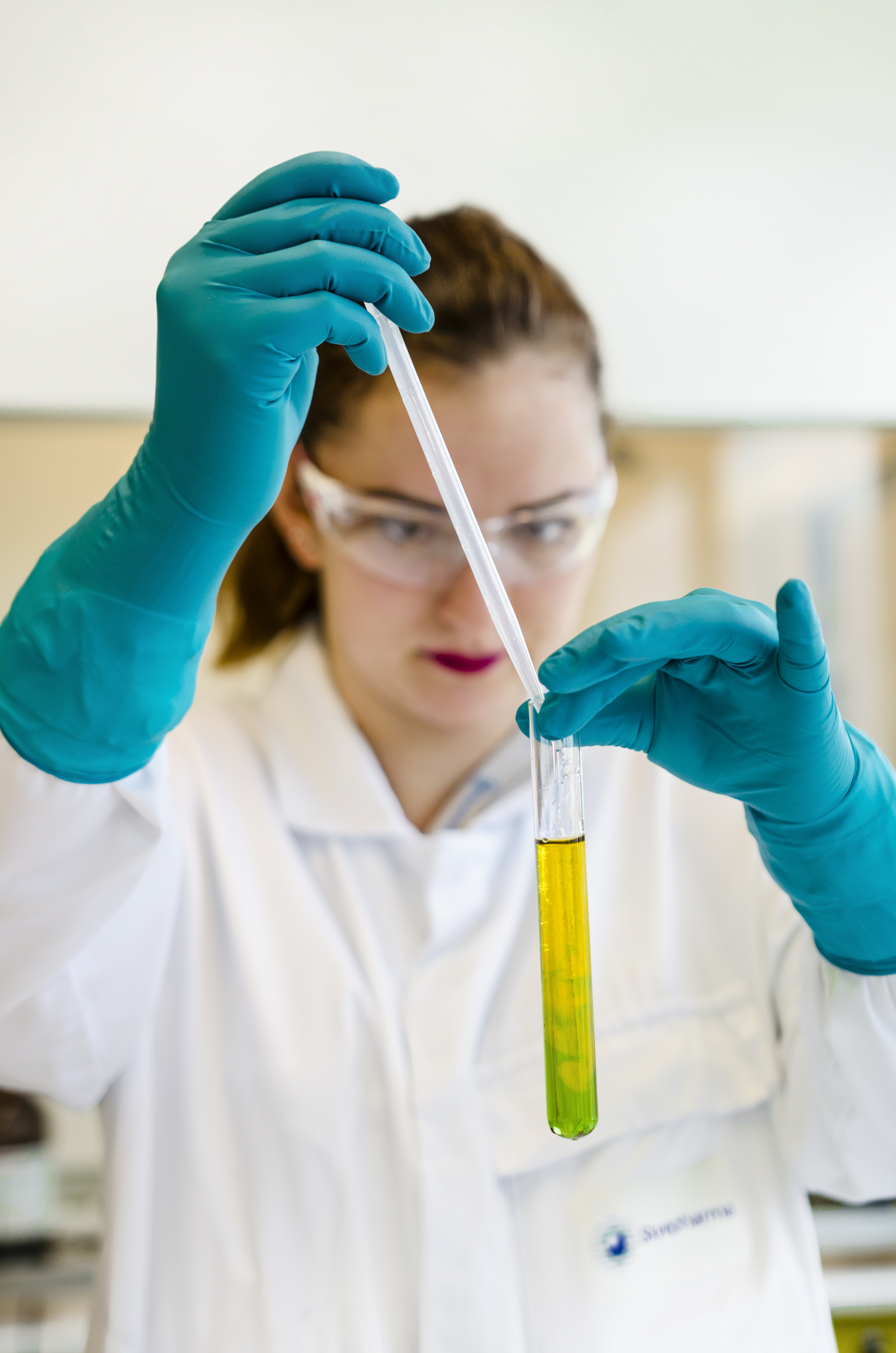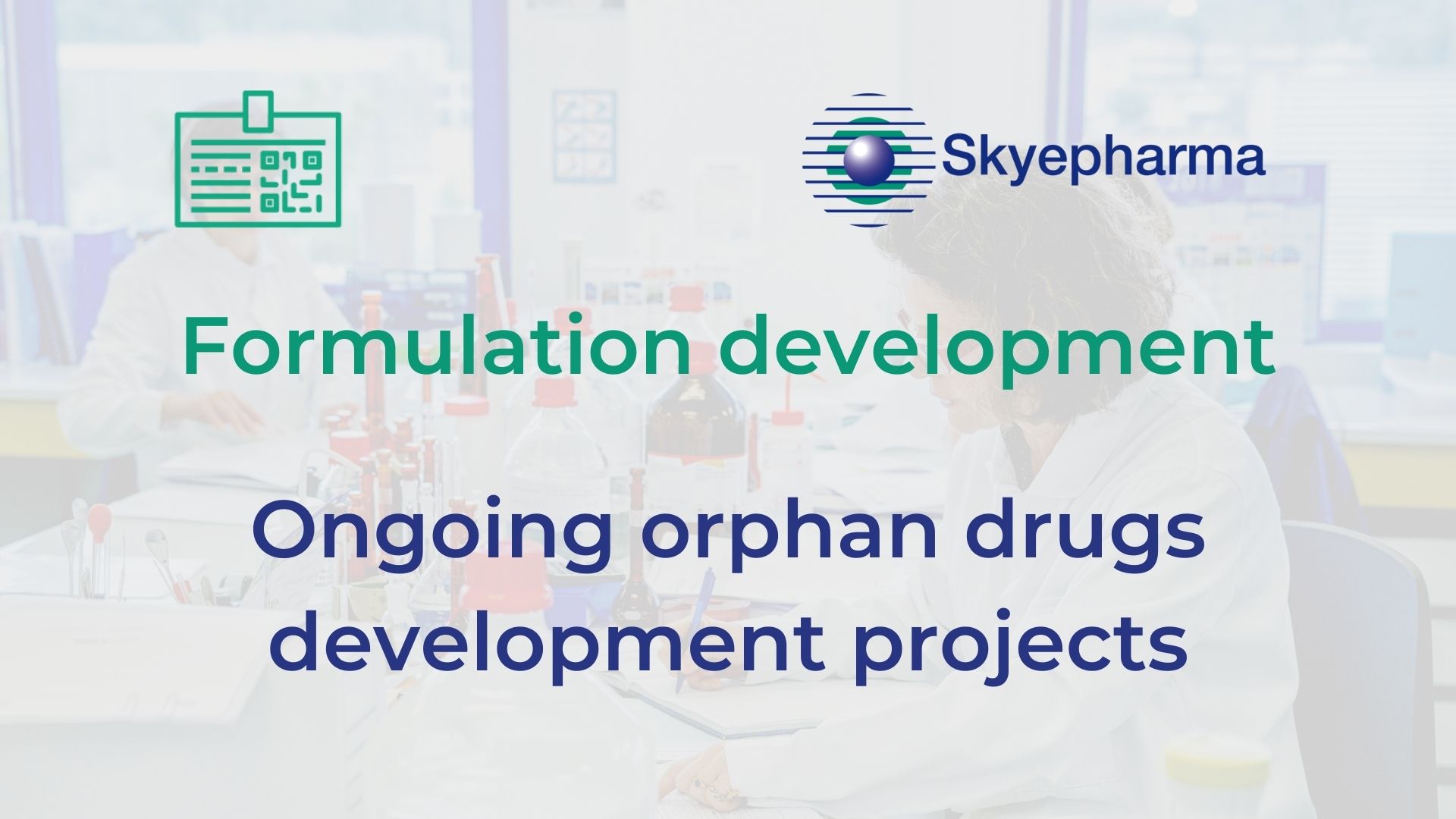So-called orphan drugs are developed to treat rare diseases that are life-threatening or chronically debilitating. In the US, a disease is orphan if fewer than 200,000 people are affected while in Europe the prevalence should be not more than 5 in 10,000. Although the assignment of the orphan status confers an extended period of market exclusivity, the development of such drugs is still limited in number due to manufacturing challenges (need to manufacture highly concentrated formulations in much smaller quantities than conventional drugs).
Before the Orphan Drug Act (ODA) in 1983, which provides financial incentives to pharmaceutical industry working on these diseases (tax breaks, patent exclusivity), only a few orphan drugs had been approved in the United States to treat rare diseases – 34 from 1967 to 1983 (Orphan Drugs in the United States: Growth Trends in Rare Disease Treatments. Rep. IQVIA Institute Report. 17 Oct. 2018. Web.)
In comparison, in 2017 alone, 429 unique drug candidates were awarded orphan drug designations (Orphan Drug Report 2018, 5th Edition. Rep. Evaluate Pharma. May 2018. Web).
It is thus not surprising that the orphan drug global market value is expected to expand: an annual growth rate of 11.3% from 2018 to 2024 is predicted, approximately double the rate at which the non-orphan drug market will expand. (Orphan Drug Report 2018, 5th Edition. Rep. Evaluate Pharma. May 2018. Web).
Skyepharma team is proud to work on orphan drugs development projects
Aline Moulin, Pharmaceutical Development Director.“We are proud to announce that several ongoing development programs are dedicated to the manufacturing of orphan drugs intended for both US and European patients.”
Vanessa Bourgeaux, Project Leader of one of this orphan drug project: “As a CDMO, we offer customized support to overcome manufacturing challenges of such high-value and low-volume therapeutic products. In addition, our Quality-by-Design (QbD) and design of experiment (DoE) approaches ensure the development of robust processes. We really work hand in hand with our client to support them all along the project, from early stage up to commercialization”.

FDA & EMEA orphan drugs definition
FDA: Orphan status granted to drugs intended for the safe and effective treatment, diagnosis or prevention of rare diseases/disorders that affect fewer than 200,000 people in the U.S., or that affect more than 200,000 persons but are not expected to recover the costs of developing and marketing a treatment drug.
EMEA: To qualify for orphan designation, a medicine must meet a number of criteria:
- it must be intended for the treatment, prevention or diagnosis of a disease that is life-threatening or chronically debilitating;
- the prevalence of the condition in the EU must not be more than 5 in 10,000 or it must be unlikely that marketing of the medicine would generate sufficient returns to justify the investment needed for its development;
No satisfactory method of diagnosis, prevention or treatment of the condition concerned can be authorised, or, if such a method exists, the medicine must be of significant benefit to those affected by the condition.
Benefits of orphan drugs status
FDA: Under the ODA orphan drug sponsors qualify for seven-year FDA-administered market Orphan Drug Exclusivity (ODE), “tax credits of up to 50% of R&D costs, R&D grants, waived FDA fees, protocol assistance and may get clinical trial tax incentives.
EMEA: Sponsors who obtain orphan designation benefit from protocol assistance, a type of scientific advice specific for designated orphan medicines, and market exclusivity once the medicine is on the market. Fee reductions are also available depending on the status of the sponsor and the type of service required.



